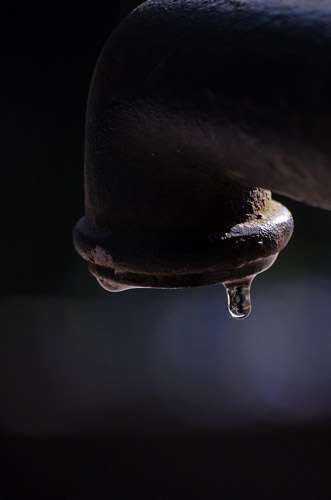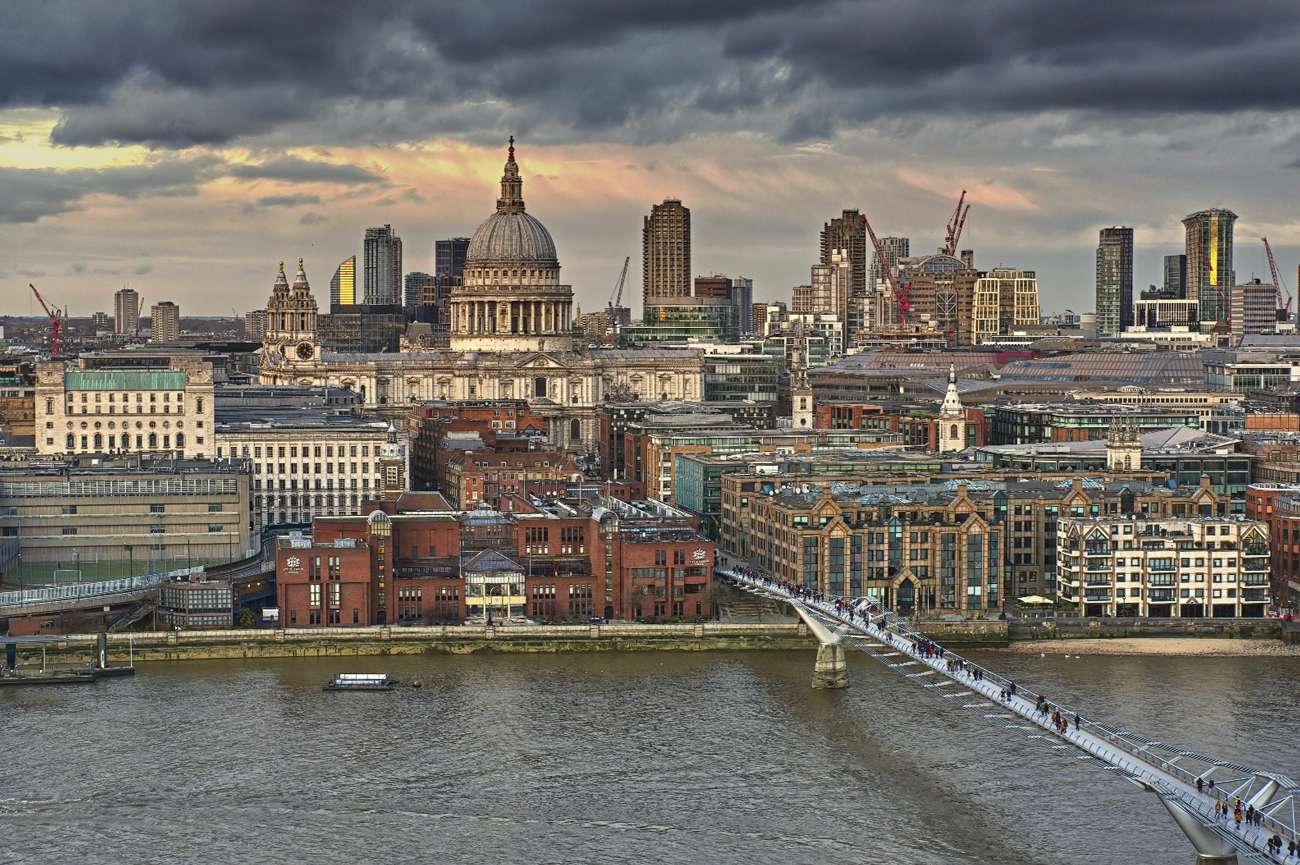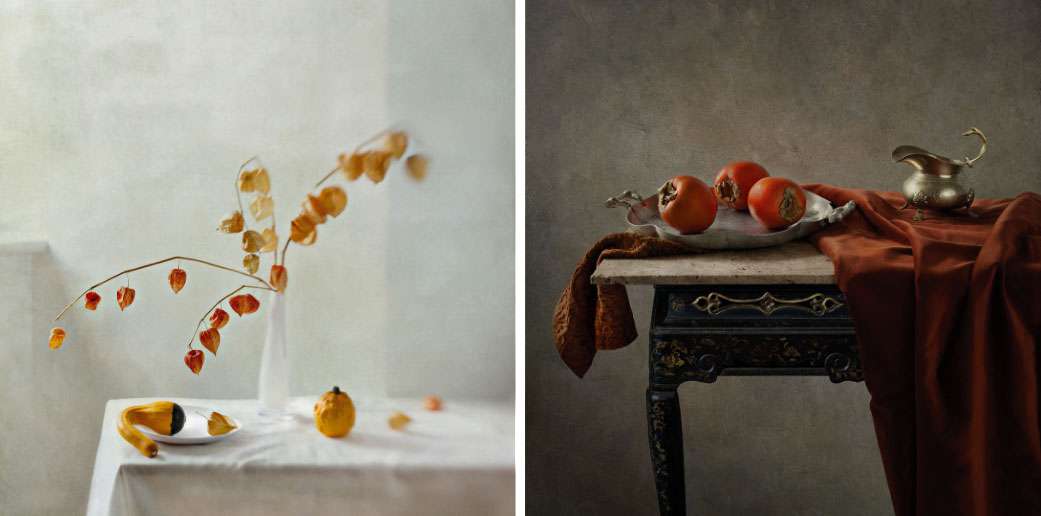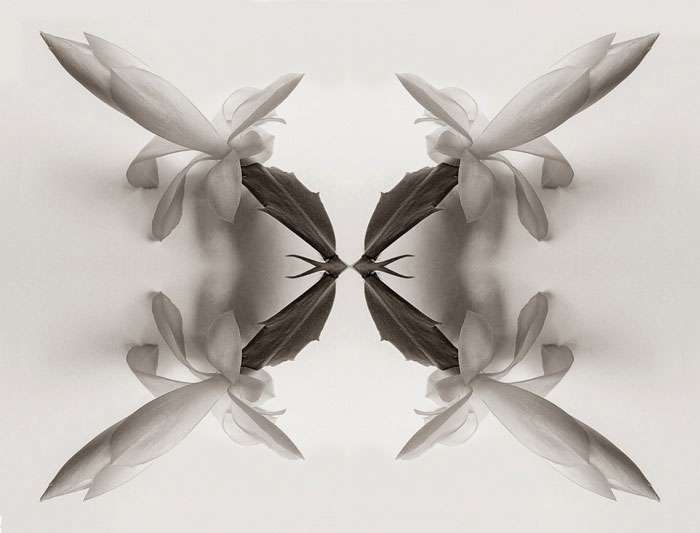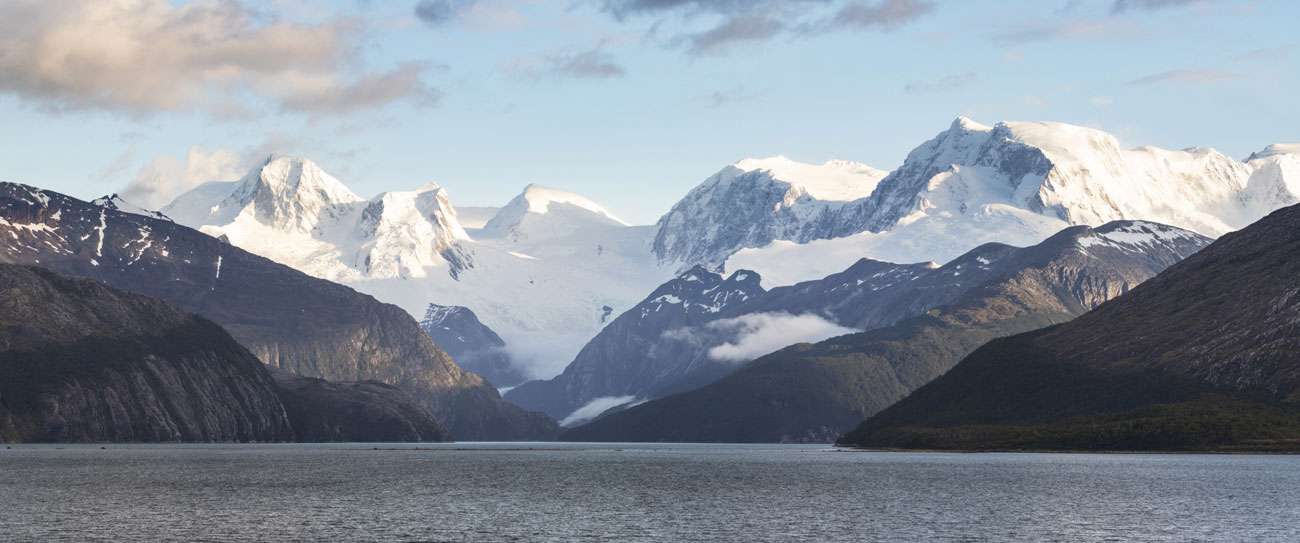
Due to Covid-19 restrictions all club meetings were held via the Zoom conferencing system.
22 April – Our 5th and final round of the monochrome open competition was judged by David Carine ARPS. After holding eight images back for a second showing he awarded 10 to two images and 9.5 to one other. The winners on the night were:
Chris Flood with Architectural abstract and Pete Baldrey with Double dance.
15 April – An entertaining meeting for club members to reveal their creative abilities when photographing the simple subject – paper. We saw a number of interesting and artistic takes using: books, magazines, crumpled paper, origami, playing cards, paper montages forming backdrops for portraits, writing with pen and paper and street photography of torn paper on dilapidated billboards. See an example below:
8 April – Dr Niall Ferguson ARPS CPAGB EFIAP judged the 28 entries in our 5th PDI open colour competition. He gave a comprehensive critique of the images and at the same time explained his reasons for the marking, awarding a maximum score of 10 to two images and 9.5 to three others. The two winning images were:
Street Portrait of Caroline Lucas MP by Chris Flood and Spring by Ann Smith
25 March – A very interesting and informative evening where a number of club members showed a ‘Before’ and ‘After’ image – the first as taken in camera and the second as processed afterwards in the software of the member’s choice. We were told something of their method for achieving the final result and, by using the ‘share screen’ facility on Zoom, some members were able also to demonstrate the entire image manipulation process in the software used such as Photoshop.
18 March – The subject for this meeting was water in any of its many forms. Members brought along up to four images and spoke a little about them, eg where they were taken, their reasons for taking them and how they were produced. We saw pictures of water in traditional landscapes and seascapes with some clearly capturing its power and motion. Also puddles, rivers, waterfalls, water droplets, ice, steam, abstract forms using reflections and refraction, and depictions of water in minimalist form, all of which generated much discussion among members.
11 March – A presentation: Landscape Photography is Simple by freelance photographer Slawek Staszczuk. He demonstrated why landscape photography is essentially quite simple if you understand all about TLC – Timing, Light and its different qualities, Composition. He emphasised the use of early morning/late evening time to provide low angle light which, when combined with aerial perspective, ie mist, fog, smoke and blue distant haze, creates an illusion of depth by depicting distant objects as paler, less detailed, and usually more blue than near objects thereby giving depth to what is essentially a 2D image in the frame. He also explained how complementary colour harmony adds interest in architectural photography during the ‘blue hour’ period especially when the blue light is juxtaposed with artificial lighting from street lamps, windows, etc, which are predominantly at the red end of the spectrum. In general he favoured using longer focal length lenses to provide more abstract framings as well as showcasing the landscape better, but switches to wide angles when a chosen composition would better suit a shorter focal length.
The following images, copyright of Slawek Staszczuk and reproduced with permission, is a sample of the photography from his presentation.


Main Photo: The massive Glacier Alley, Copyright of Julian Elliott



